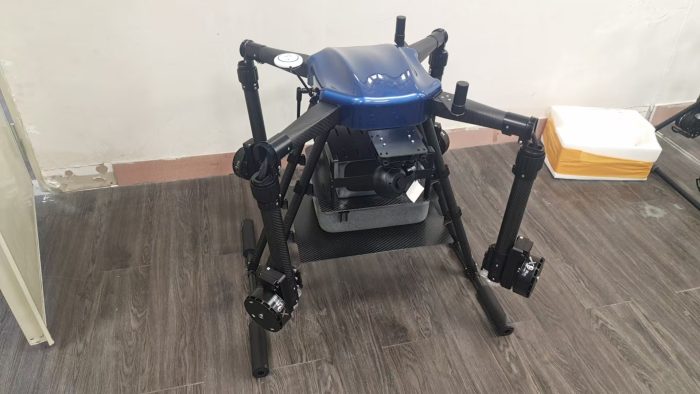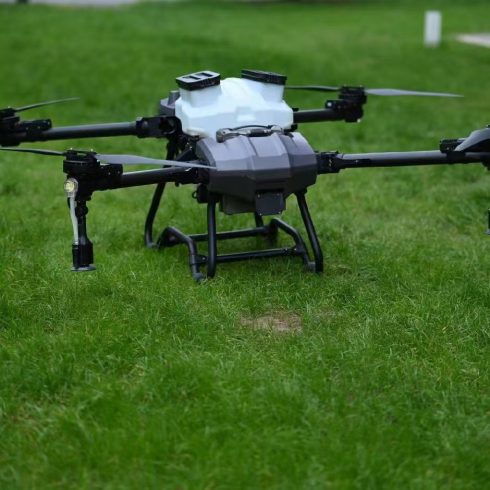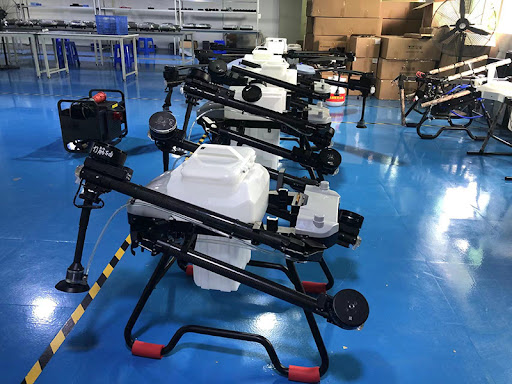![图片[1]-Pesticide Spraying Drones: Revolutionizing Modern Agriculture with Precision and Efficiency-msoen](https://www.msoen.com/wp-content/uploads/2025/04/3ea0601715184639-1024x768.jpg)
![图片[2]-Pesticide Spraying Drones: Revolutionizing Modern Agriculture with Precision and Efficiency-msoen](https://www.msoen.com/wp-content/uploads/2025/04/0f937885e9184642-1024x849.jpg)
![图片[3]-Pesticide Spraying Drones: Revolutionizing Modern Agriculture with Precision and Efficiency-msoen](https://www.msoen.com/wp-content/uploads/2025/04/5bb323e000184638-674x1024.jpg)
![图片[4]-Pesticide Spraying Drones: Revolutionizing Modern Agriculture with Precision and Efficiency-msoen](https://www.msoen.com/wp-content/uploads/2025/04/27fe7401e7184641-1024x768.jpg)
![图片[5]-Pesticide Spraying Drones: Revolutionizing Modern Agriculture with Precision and Efficiency-msoen](https://www.msoen.com/wp-content/uploads/2025/04/edbbb52c8b184639-1024x576.jpg)
![图片[6]-Pesticide Spraying Drones: Revolutionizing Modern Agriculture with Precision and Efficiency-msoen](https://www.msoen.com/wp-content/uploads/2025/04/2caef68db4184641-768x1024.jpg)
In the evolving landscape of modern agriculture, pesticide spraying drones have emerged as one of the most transformative technologies for farmers worldwide. These unmanned aerial vehicles (UAVs) are changing the way pesticides are applied to crops—improving efficiency, reducing labor costs, and minimizing environmental impact. This article explores the features, benefits, applications, and future trends of pesticide spraying drones, and how they are reshaping precision agriculture.
What Is a Pesticide Spraying Drone?
A pesticide spraying drone is an agricultural drone specifically designed to carry liquid pesticides and distribute them evenly across fields. Equipped with a spraying system, GPS navigation, and intelligent flight controls, these drones are capable of autonomous or semi-autonomous operations over large agricultural areas.
Key Features of Pesticide Spraying Drones
- High-Precision GPS Navigation
Drones utilize RTK GPS systems to follow pre-programmed flight paths with extreme accuracy, reducing overspray and pesticide waste. - Automated Flight Control
With autonomous route planning, drones can take off, spray, avoid obstacles, and land without manual intervention. - Adjustable Spray Nozzles
Many drones feature variable nozzle systems that adapt to different crop types and densities, ensuring optimal pesticide coverage. - Real-Time Data Feedback
Advanced drones provide live feedback on spray volume, battery life, and flight coverage, improving monitoring and reporting. - Foldable and Portable Designs
Lightweight and foldable construction makes them easy to transport and deploy in various terrains.
Benefits of Using Pesticide Spraying Drones
Increased Efficiency: Drones can spray up to 20–30 acres per hour, much faster than traditional manual or tractor methods.
Reduced Labor Costs: One operator can manage multiple drones, cutting down significantly on manual labor.
Minimal Crop Damage: As aerial machines, drones avoid soil compaction and crop damage caused by heavy machinery.
Environmental Protection: Targeted spraying reduces pesticide drift, contamination, and runoff into nearby water sources.
Improved Safety: Keeps workers away from direct contact with harmful chemicals.
Common Applications
Paddy Fields & Wetlands: Ideal for areas difficult to access by ground vehicles.
Hilly or Terraced Farmlands: Drones can easily navigate steep or uneven terrain.
Orchards & Vineyards: Adjustable spray angles help target high or dense vegetation.
Large-Scale Farming: Suitable for corn, wheat, soybeans, cotton, and other broad-acre crops.
SEO-Optimized Keywords and Phrases (Included Naturally in Article)
pesticide spraying drone
agriculture drone for spraying
crop spraying drone
drone for pesticide application
precision farming drone
agricultural UAV sprayer
drone farming technology
smart agriculture drone
Buying Considerations
When choosing a pesticide spraying drone, consider:
Payload Capacity: Measured in liters, impacting how large an area can be covered per flight.
Battery Life: Longer flight time means higher productivity.
Spraying System Type: Centrifugal vs. pressure-based systems.
Flight Stability: Particularly important in windy conditions.
After-Sales Support and Training Availability
Challenges and Limitations
While beneficial, drone pesticide spraying also comes with challenges:
Regulatory Restrictions: Some regions have specific laws governing drone use in agriculture.
Initial Investment Costs: High-end drones can be expensive, although they offer long-term ROI.
Weather Dependency: Rain and wind may limit operations.
Battery Limitations: Requires frequent recharging or spare batteries for extended use.
Future of Drone Pesticide Spraying
As technology advances, future pesticide spraying drones will integrate:
AI & Machine Learning: For smarter decision-making based on crop health and growth stages.
Computer Vision: Enabling drones to detect pests or diseases and spray only the affected areas.
Larger Payloads & Swarming Capabilities: Allowing multiple drones to work in coordinated fleets.
Integration with IoT Devices: Creating a connected farm ecosystem.
Conclusion
Pesticide spraying drones represent the future of sustainable, efficient agriculture. They not only reduce operational costs and increase productivity, but also support eco-friendly farming practices by minimizing chemical usage and preserving crop health. As drone technology continues to evolve, their role in agriculture will become even more prominent.
Whether you’re a small-scale farmer or part of a large agricultural operation, adopting drone technology for pesticide application can be a game-changer in enhancing yield, reducing labor, and supporting sustainable growth.












暂无评论内容